US inflation remains higher than expected
US inflation fell by 0.1% but remains higher than expected due to the rising cost of food, shelter and medical care.

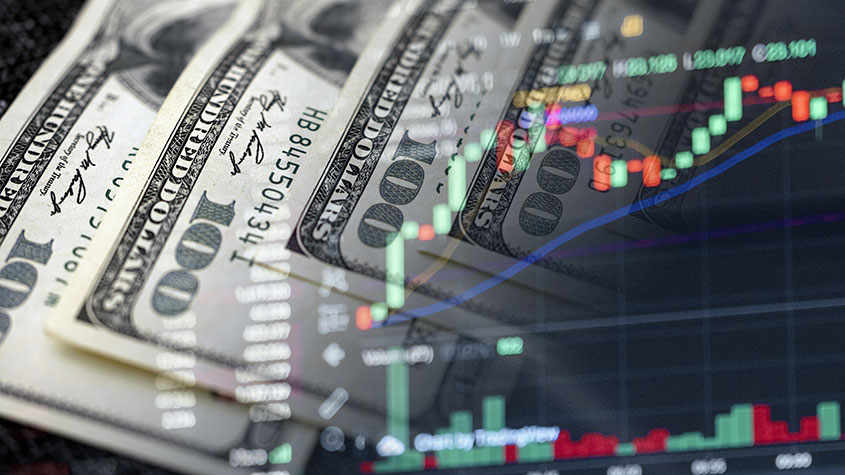
Inflation in the US remains stubbornly high, the latest figures reveal. The Consumer Price Index (CPI) rose by 0.4% in September following a 0.1% rise in August, translating into an 8.2% increase in inflation over the last 12 months.
The CPI measures the change in prices paid by consumers for goods and services.
Inflation was down from 8.3% in August but remains higher than expected despite the Federal Reserve’s efforts to manage rising prices through interest rate rises. It’s the third month in a row that inflation has fallen, however a Reuters poll of economists had forecast it would drop to 8.1%.
MoneyWeek
Subscribe to MoneyWeek today and get your first six magazine issues absolutely FREE

Sign up to Money Morning
Don't miss the latest investment and personal finances news, market analysis, plus money-saving tips with our free twice-daily newsletter
Don't miss the latest investment and personal finances news, market analysis, plus money-saving tips with our free twice-daily newsletter
The maintained increase in inflation means the Fed is likely to continue raising interest rates as it attempts to get inflation back to its 2% target. The latest increase came in September, when it set rates to between 3% and 3.25% — the third consecutive increase of 0.75%.
US inflation driven by cost of food, shelter and medical care
Prices were mostly pushed up by increases in the cost of food, shelter and medical care. However, these were partly offset by a 4.9% decrease in the gasoline index. The energy index also fell 2.1%.
The food index rose 0.8% over the month, while the food at home index rose 0.7%. Prices were mostly driven by increases in the cost of fruit and vegetables, cereals and bakery products and the higher price of meats, poultry, fish and eggs.
The Federal Reserve, the US central bank, has already raised interest rates five times since March and analysts expect it to lift rates to between 4.75% and 5% by early next year.
States begin to issue stimulus cheques to help combat inflation
The Federal Reserve sent out stimulus cheques to all Americans throughout the pandemic to help with financial pressures, and now individual states are following suit as inflation erodes residents’ money.
California, Massachusetts and South Carolina are among those sending financial aid to their residents. In California, some residents will be eligible for stimulus cheque payments of up to $1,050.
Get the latest financial news, insights and expert analysis from our award-winning MoneyWeek team, to help you understand what really matters when it comes to your finances.
Kalpana is an award-winning journalist with extensive experience in financial journalism. She is also the author of Invest Now: The Simple Guide to Boosting Your Finances (Heligo) and children's money book Get to Know Money (DK Books).
Her work includes writing for a number of media outlets, from national papers, magazines to books.
She has written for national papers and well-known women’s lifestyle and luxury titles. She was finance editor for Cosmopolitan, Good Housekeeping, Red and Prima.
She started her career at the Financial Times group, covering pensions and investments.
As a money expert, Kalpana is a regular guest on TV and radio – appearances include BBC One’s Morning Live, ITV’s Eat Well, Save Well, Sky News and more. She was also the resident money expert for the BBC Money 101 podcast .
Kalpana writes a monthly money column for Ideal Home and a weekly one for Woman magazine, alongside a monthly 'Ask Kalpana' column for Woman magazine.
Kalpana also often speaks at events. She is passionate about helping people be better with their money; her particular passion is to educate more people about getting started with investing the right way and promoting financial education.
-
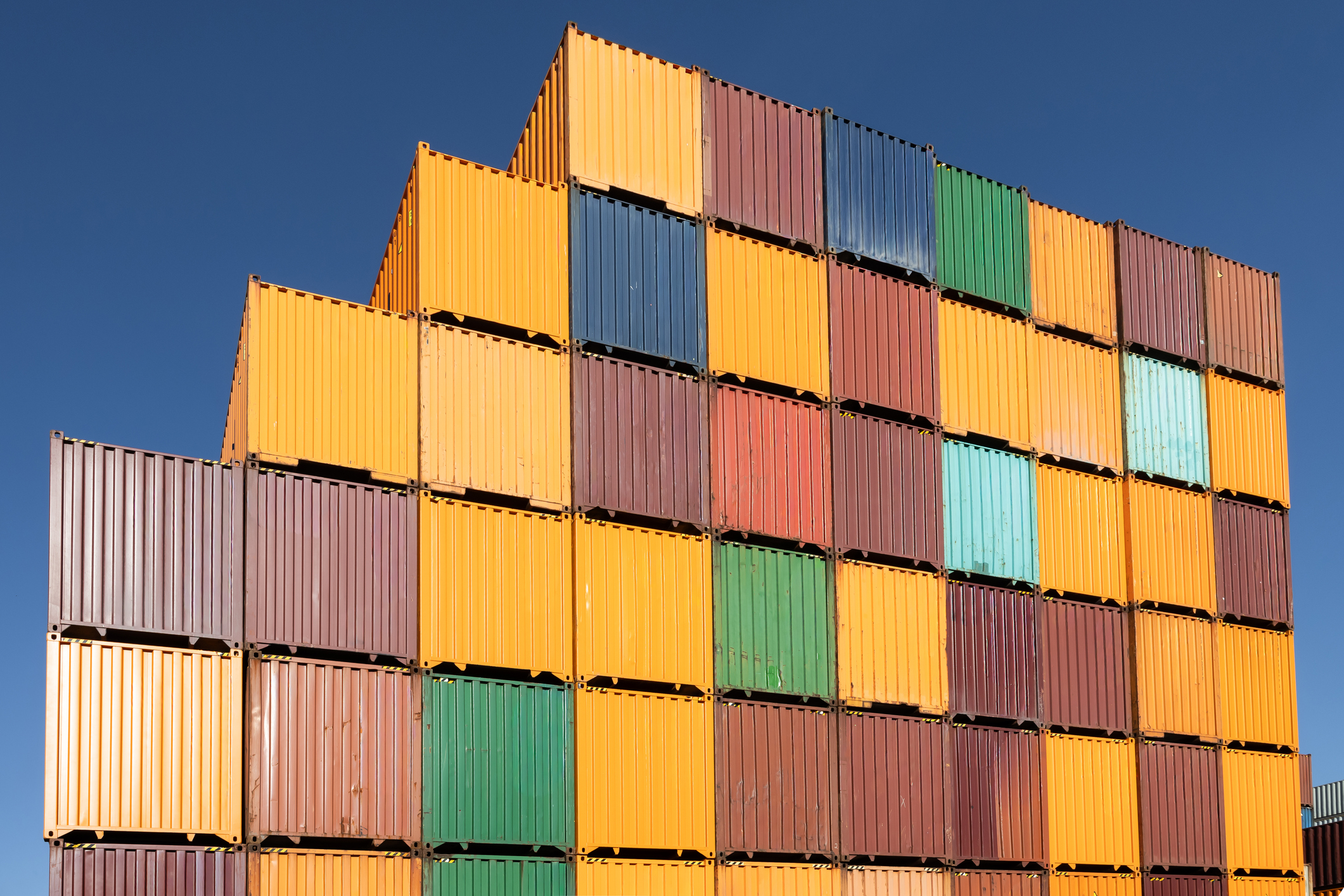 Goodwin: A superlative British manufacturer to buy now
Goodwin: A superlative British manufacturer to buy nowVeteran engineering group Goodwin has created a new profit engine. But following its tremendous run, can investors still afford the shares?
-
 Is US stock market exceptionalism over?
Is US stock market exceptionalism over?US stocks trailed the rest of the world in 2025. Is this a sign that a long-overdue shift is underway?
-
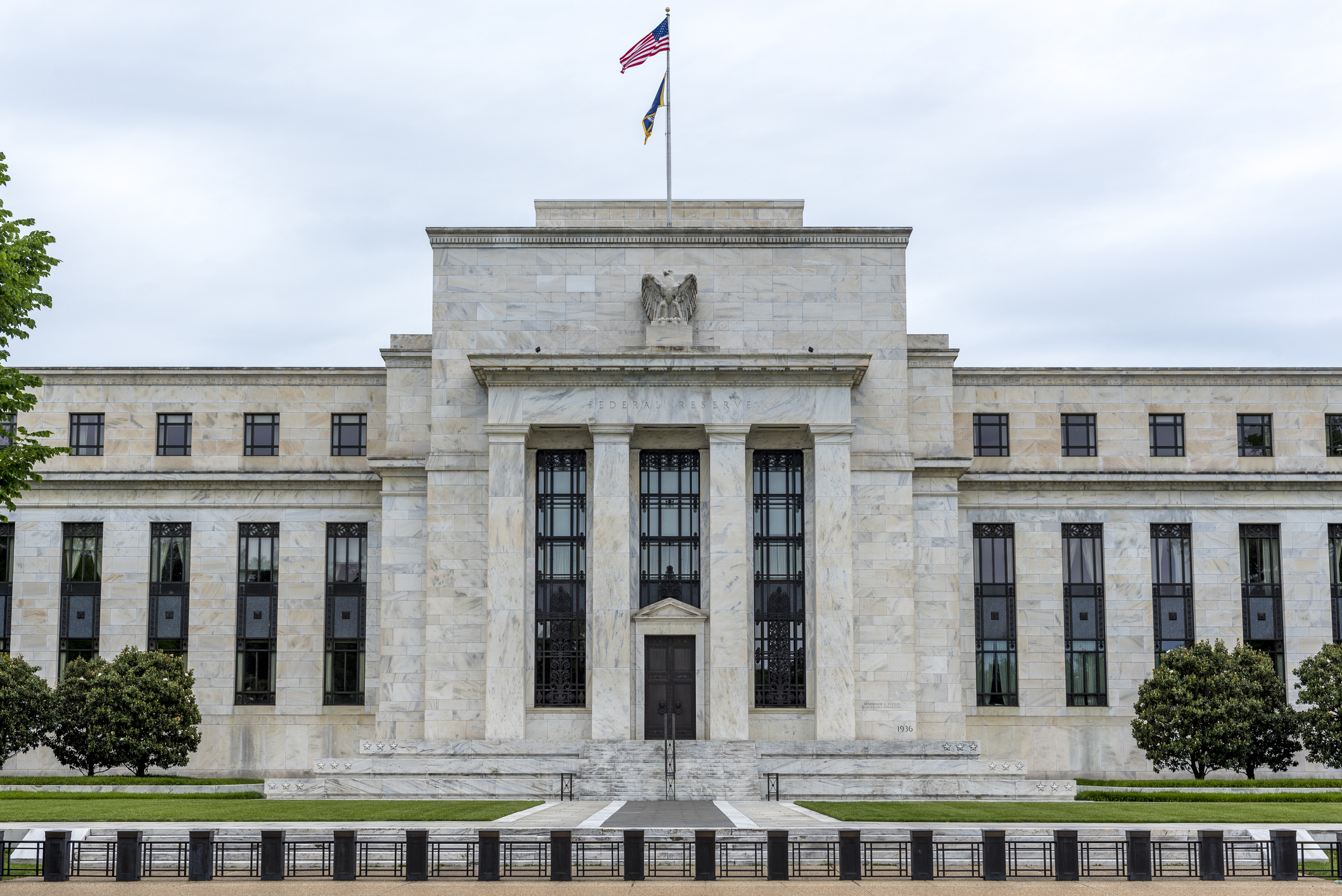 'Governments are launching an assault on the independence of central banks'
'Governments are launching an assault on the independence of central banks'Opinion Say goodbye to the era of central bank orthodoxy and hello to the new era of central bank dependency, says Jeremy McKeown
-
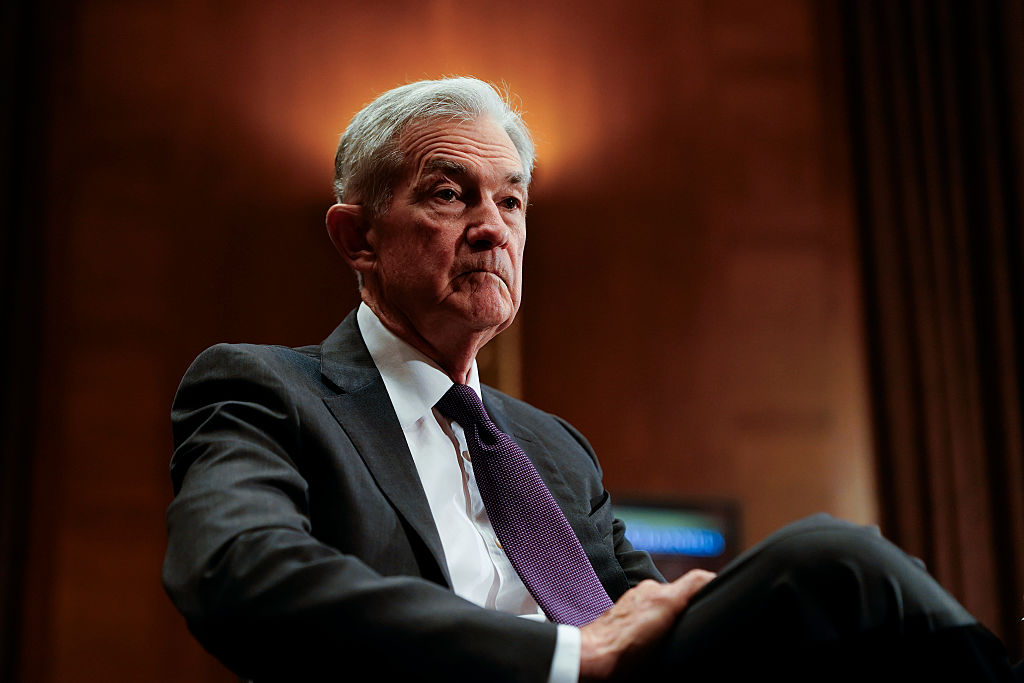 Will Donald Trump sack Jerome Powell, the Federal Reserve chief?
Will Donald Trump sack Jerome Powell, the Federal Reserve chief?It seems clear that Trump would like to sack Jerome Powell if he could only find a constitutional cause. Why, and what would it mean for financial markets?
-
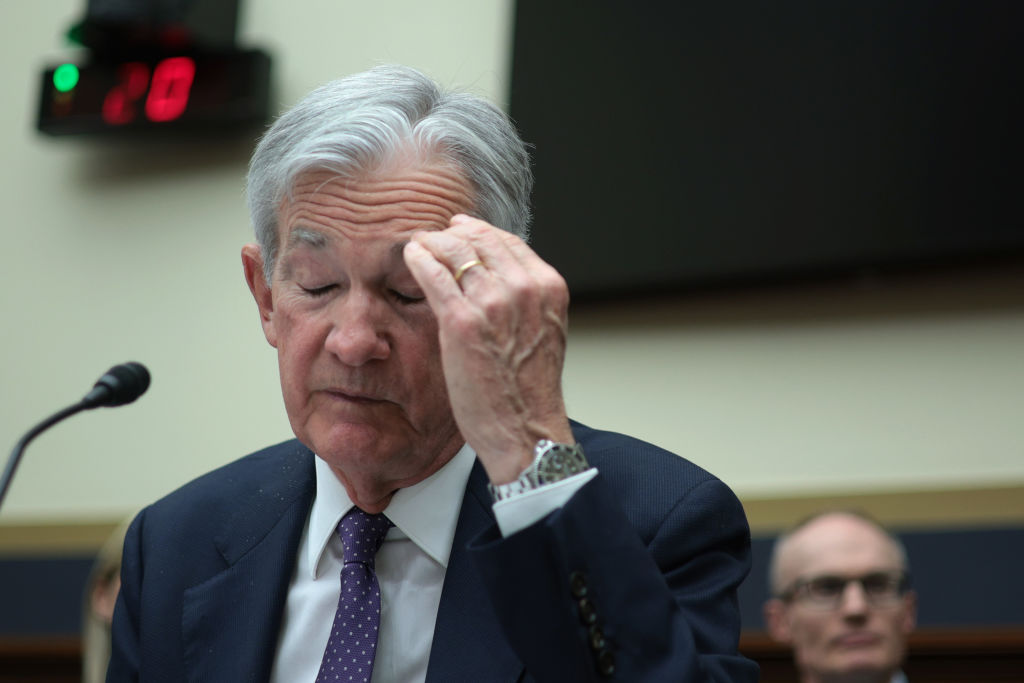 Can Donald Trump fire Jay Powell – and what do his threats mean for investors?
Can Donald Trump fire Jay Powell – and what do his threats mean for investors?Donald Trump has been vocal in his criticism of Jerome "Jay" Powell, chairman of the Federal Reserve. What do his threats to fire him mean for markets and investors?
-
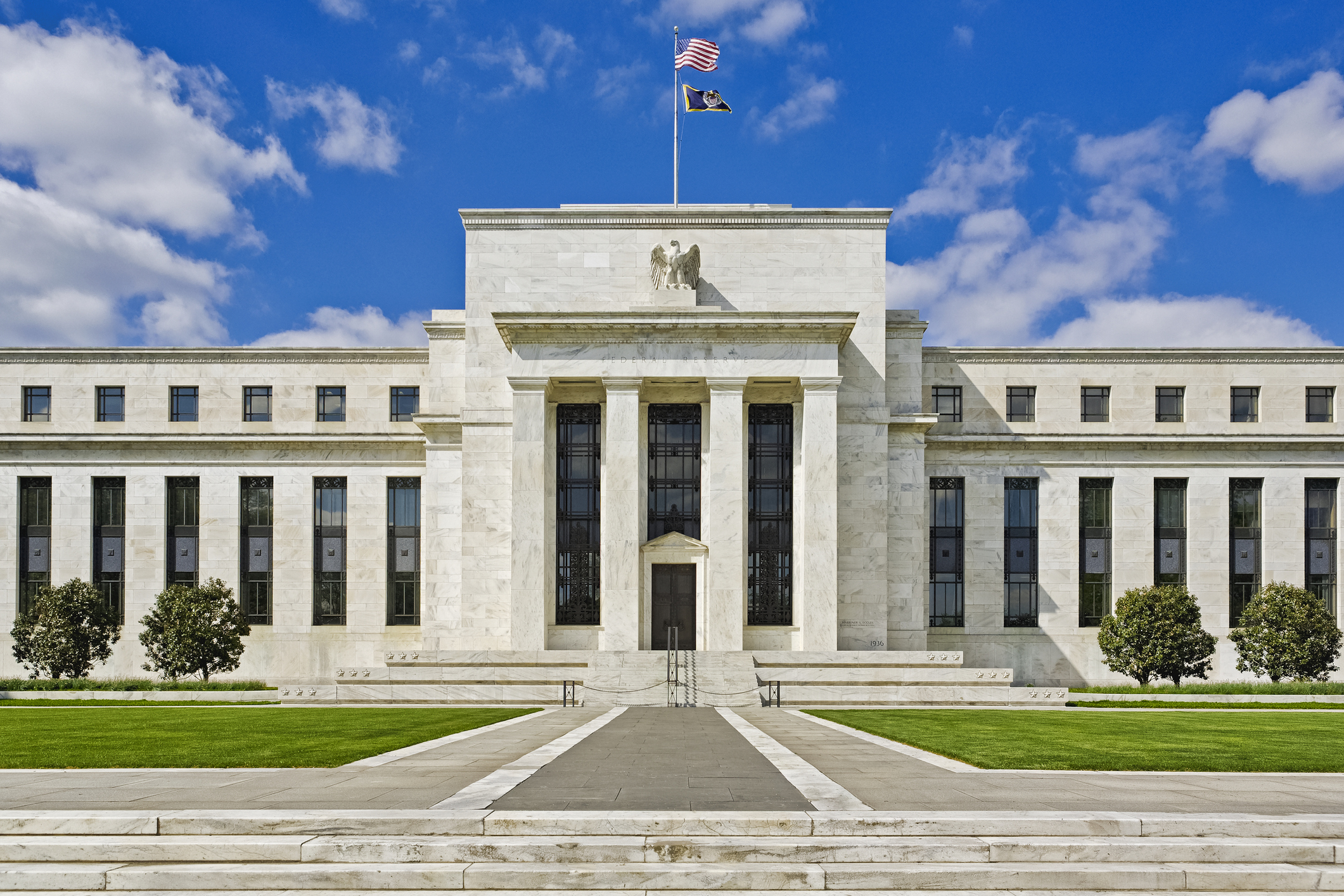 Do we need central banks, or is it time to privatise money?
Do we need central banks, or is it time to privatise money?Analysis Free banking is one alternative to central banks, but would switching to a radical new system be worth the risk?
-
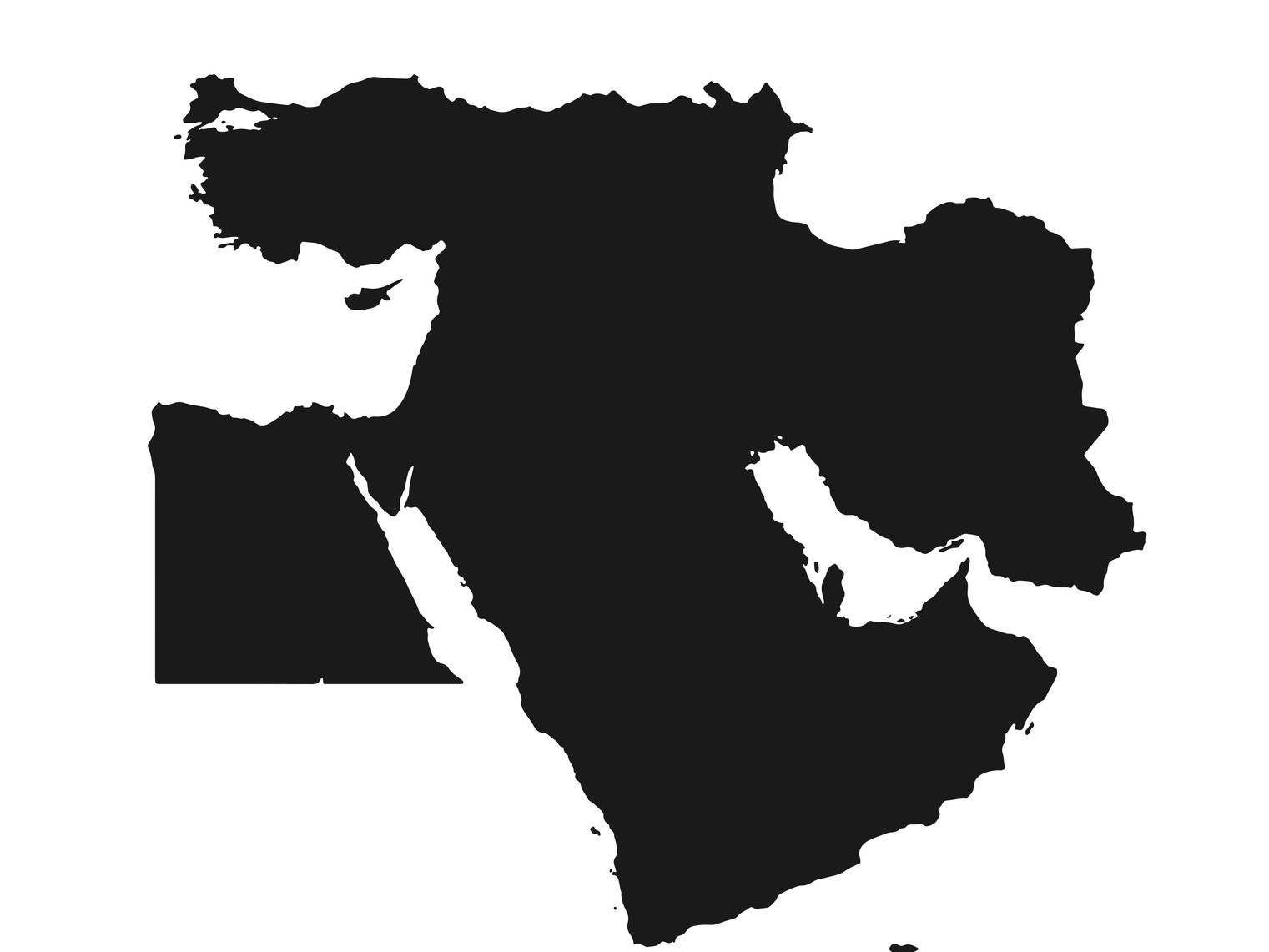 Will turmoil in the Middle East trigger inflation?
Will turmoil in the Middle East trigger inflation?The risk of an escalating Middle East crisis continues to rise. Markets appear to be dismissing the prospect. Here's how investors can protect themselves.
-
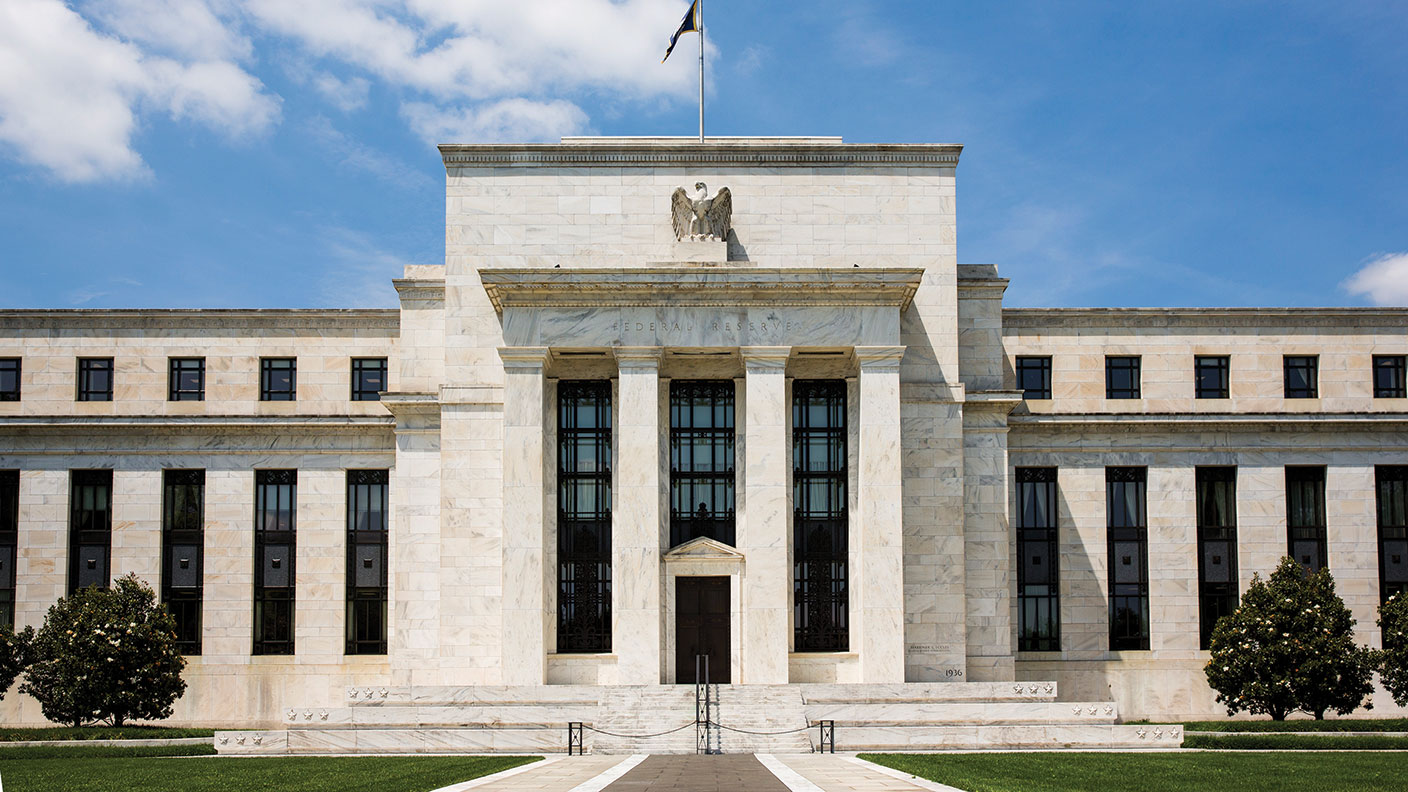 Federal Reserve cuts US interest rates for the first time in more than four years
Federal Reserve cuts US interest rates for the first time in more than four yearsPolicymakers at the US central bank also suggested rates would be cut further before the year is out
-
 The Bank of England can’t afford to hike interest rates again
The Bank of England can’t afford to hike interest rates againWith inflation falling, the cost of borrowing rising and the economy heading into an election year, the Bank of England can’t afford to increase interest rates again.
-
 Interest rates held at 5.25% again
Interest rates held at 5.25% againThe Bank of England has kept rates at 5.25% again, in a widely anticipated move. We look at what it means for your money - and what the Bank’s next move could be
